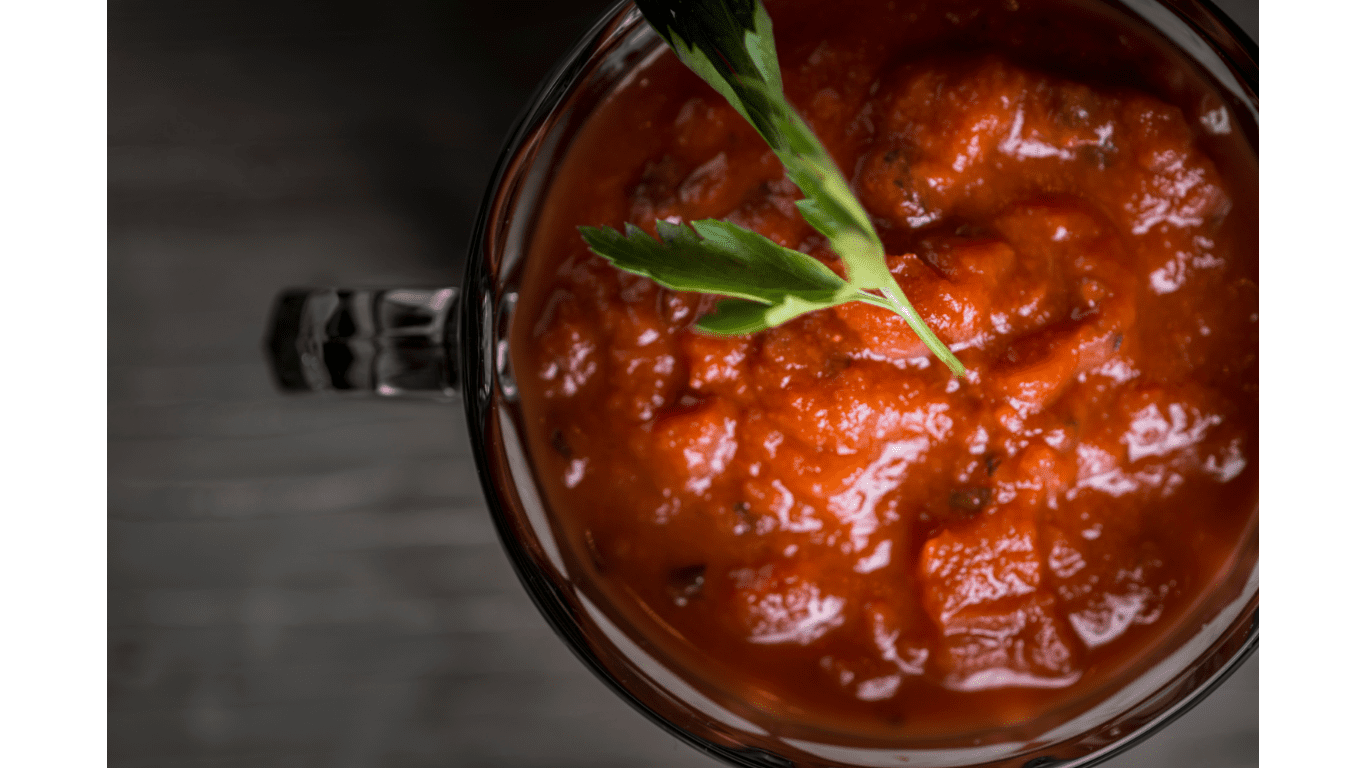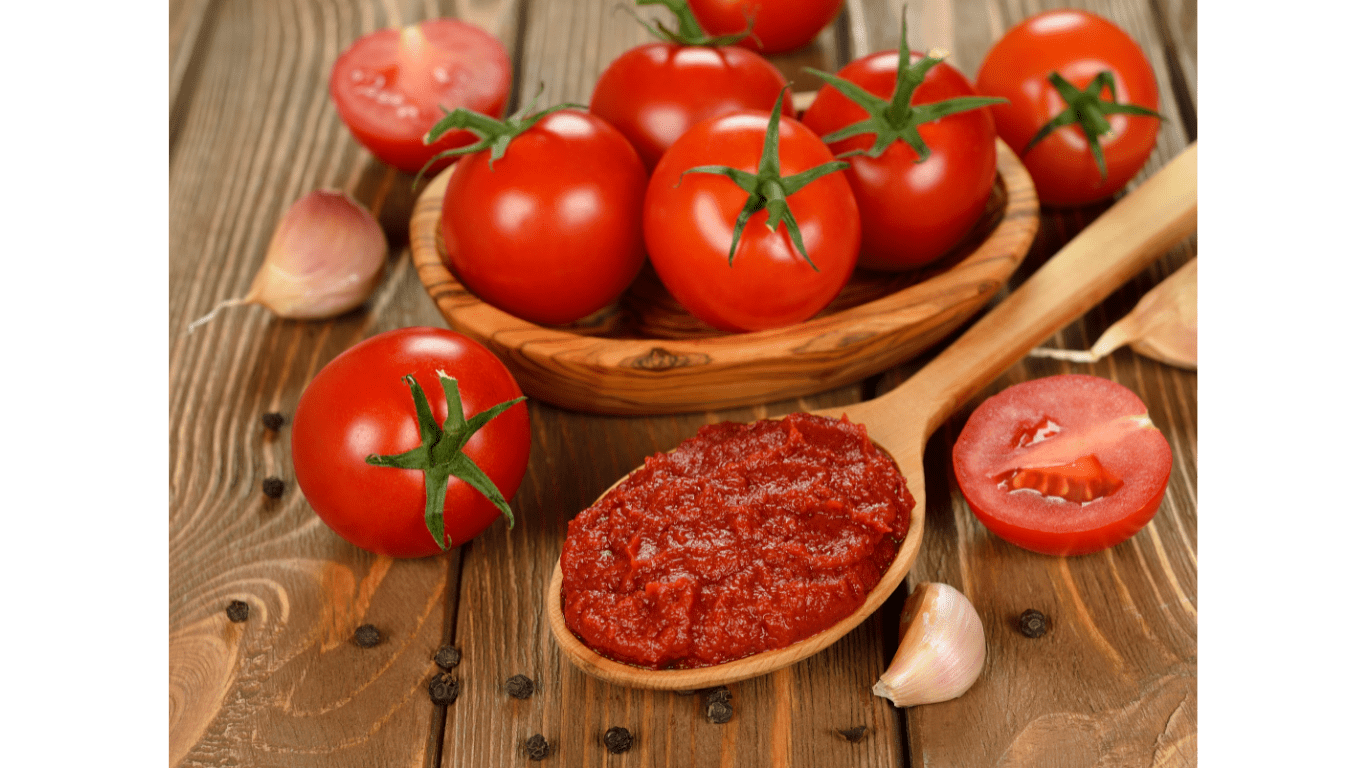You can refreeze spaghetti sauce, but there are a few things to keep in mind. Refreezing spaghetti sauce is safe as long as it is done properly.
It is important to handle and store the sauce correctly to prevent bacterial growth and spoilage. This article will provide tips on how to properly refreeze spaghetti sauce to ensure its safety and quality.
First off, let’s talk preservation!

Preservation Methods
Spaghetti sauce can be made in large batches and stored for later use. Proper storage is essential to maintain the quality and safety of the sauce.
One preservation method is freezing. Freezing spaghetti sauce is a convenient way to store it for later use. However, it is essential to follow proper freezing techniques to prevent the sauce from spoiling. The sauce should be cooled down before being placed in the freezer. It is also essential to use airtight containers or freezer bags to prevent freezer burn.
Refreezing spaghetti sauce is possible, but it is important to note that the texture and flavor may change. Tomato-based sauces can be refrozen without any significant changes in texture or taste. However, creamy sauces may break down and become watery when reheated and frozen again.
Freezing and Refreezing Process
Before freezing spaghetti sauce, it’s important to let it cool down to room temperature. Once the sauce is cooled, you can transfer it to a freezer-safe container. Make sure to leave some space at the top of the container since the sauce will expand as it freezes.
Label the container with the date and type of sauce so you can keep track of it. Place the container in the freezer and make sure it’s stored in a spot where it won’t be crushed or damaged.
Spaghetti sauce can be refrozen for up to three months. However, refreezing the sauce for a longer duration may affect the quality. When spaghetti sauce is reheated more than three times, the refreezing sauce shall become thick and difficult to break down.

Be sure to handle and store the sauce properly to avoid the risk of bacterial growth and spoilage. For example, if you thaw the sauce, make sure to use it within a few days. Don’t refreeze the sauce if it has been sitting at room temperature for more than two hours.
Nutritional Changes
Refreezing spaghetti sauce can also lead to nutritional changes. Certain ingredients in the sauce, such as meat or dairy products, may not withstand multiple freeze-thaw cycles and could pose health risks if consumed.
There are some guidelines you can follow to minimize the risk of nutritional changes. These include cooking fresh meat thoroughly, cooling it properly, portion control, proper storage, labeling, and thawing in the refrigerator.
The quality of spaghetti sauce may also be affected by refreezing. The sauce may become watery or lose its flavor. To maintain the quality of spaghetti sauce, it is best to freeze it in small portions and only refreeze it once.
Quality and Taste Considerations
When it comes to refreezing spaghetti sauce, there are some quality and taste considerations to keep in mind. While it is safe to refreeze spaghetti sauce, doing so can cause changes in texture and flavor.
Texture Changes
Refreezing can cause changes in texture. To avoid this, it is best to only refreeze spaghetti sauces with a tomato-based texture, as these sauces will not change in consistency when refrozen.

Flavor Changes
Another consideration when refreezing spaghetti sauce is that it can alter the flavor of the sauce. As Taste of Home explains, freezer burn can set in after about three months in the freezer, causing the sauce to become less flavorful. Retain the flavor by only freezing spaghetti sauce for up to three months and to store it in an airtight container to prevent freezer burn.
Overall, while it is safe to refreeze spaghetti sauce, it is important to keep these quality and taste considerations in mind to ensure that the sauce maintains its desired texture and flavor.
Best Practices for Freezing Spaghetti Sauce
When it comes to freezing spaghetti sauce, there are a few best practices to follow to ensure that the sauce stays fresh and flavorful. Proper cooling, use of freezer bags, labeling, and dating are all essential steps to take when freezing spaghetti sauce.
Proper Cooling
Before freezing spaghetti sauce, it is essential to ensure that it is cooled properly. Letting the sauce cool to room temperature is the first step. Then, it is best to place the sauce in the refrigerator and let it cool for a few hours. Once the sauce is cool, it is ready to be placed in the freezer.

Use of Freezer Bags
Using freezer bags is one of the best ways to freeze spaghetti sauce. Freezer bags are thicker and more durable than regular plastic bags, which makes them ideal for freezing. They also help to prevent freezer burn, which can affect the quality of the sauce.
When using freezer bags, it is essential to remove as much air as possible from the bag before sealing it. This will help to prevent freezer burn and ensure that the sauce stays fresh.
Labeling and Dating
Labeling and dating the freezer bags is an essential step. This will help to ensure that the sauce is used within a reasonable amount of time and that it is not forgotten in the freezer. We’ve all done that!
When labeling the freezer bags, it is important to include the date that the sauce was frozen, as well as the type of sauce. This will help to ensure that the sauce is used before it becomes too old and that it is easy to identify in the freezer.

Alternatives to Refreezing
While refreezing spaghetti sauce is not recommended, there are alternatives to help you avoid wasting leftover sauce.
Here are some options:
Portioning
One of the best ways to avoid refreezing spaghetti sauce is to portion it out before freezing it. This way, you can thaw only the amount you need, without having to refreeze any leftovers. You can use small plastic containers or freezer bags to portion out the sauce. Just make sure to label each container with the date and amount of sauce inside.
Refrigeration
If you don’t plan on using the leftover sauce within a few days, refrigeration is a better option than freezing. You can store the sauce in an airtight container in the refrigerator for up to four days. When you’re ready to use it, simply reheat it on the stovetop or in the microwave.
Another option is to use the leftover sauce for other dishes. For example, you can use it as a pizza sauce, a base for soup, or as a topping for baked potatoes. This way, you can avoid the need to refreeze the sauce and create new meals at the same time.







